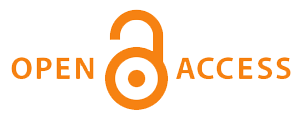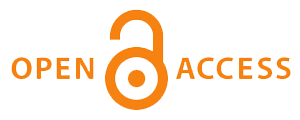تأثير التدقيق الاستراتيجي في الحد من مخاطر الائتمان المصرفي
بحث تطبيقي في عدد من المصارف التجارية العراقية الخاصة
DOI:
https://doi.org/10.34093/yg2hy575الكلمات المفتاحية:
التدقيق الاستراتيجي، مخاطر الائتمان المصرفيالملخص
يسعى البحث الى بيان المفاهيم النظرية المتصلة بمتغيرات البحث، والتي تتمثل بمتغير التدقيق الاستراتيجي وابعاده (التخطيط الاستراتيجي، أداء العمليات، الحوكمة، برنامج الامتثال، تقويم الاداء الاستراتيجي، استقلالية المدقق) ومتغير مخاطر الائتمان المصرفي , لدى المصارف العراقية التجارية الخاصة المبحوثة، حيث تم تطبيق البحث في كل من مصرف (الاهلي العراقي، الخليج التجاري ، المنصور للاستثمار، اشور الدولي للاستثمار ) وباعتماد المنهج الوصفي التحليلي باستخدام الاستبانة وتم توزيعا على عينة من المسؤولين والبالغ عددهم(120) من المجتمع البالغ (135) ممن هم في المستويات الادارية (العليا الوسطى، التنفيذية) ، حيث تم تطبيق البرنامج الاحصائي (SPSS) في احتساب (الوسط الحسابي، والانحراف المعياري، ومعامل الارتباط بيرسون ، واختبار الانحدار الخطي البسيط ( وتوصل البحث الى النتائج من ابرزها وجود علاقة تأثير وارتباط بين التدقيق الاستراتيجي ومخاطر الائتمان المصرفي، وهذا يدل على أن المؤسسات التي تعتمد على التدقيق الاستراتيجي كأداة رقابية فعالة تكون أكثر قدرة على إدارة المخاطر الائتمانية، مما يساهم في تحسين الاستقرار المالي والإداري.
التنزيلات
منشور
إصدار
القسم
الرخصة
يتمّ نقلُ حقوق النّشر إلى المجلّة عند إخطار الباحث بقَبول بحثه المقدّم للنّشر في المجلّة.




